The Dark Energy Survey (DES) is an ambitious cosmological project that aims to map hundreds of millions of galaxies. In the process, the project will detail hundreds of millions of galaxies, observe thousands of supernovae, map the cosmic web that links galaxies, all with the aim of investigating the mysterious force that is causing the Universe to expand at an accelerating rate.
Using the 570-megapixel Dark Energy Camera on the National Science Foundation’s Víctor M. Blanco 4-meter Telescope at Cerro Tololo Inter-American Observatory (CTIO), Chile, the DES has observed a map of galaxy distribution and morphology that stretches 7 billion light-years and captures 1/8 of the sky over Earth.
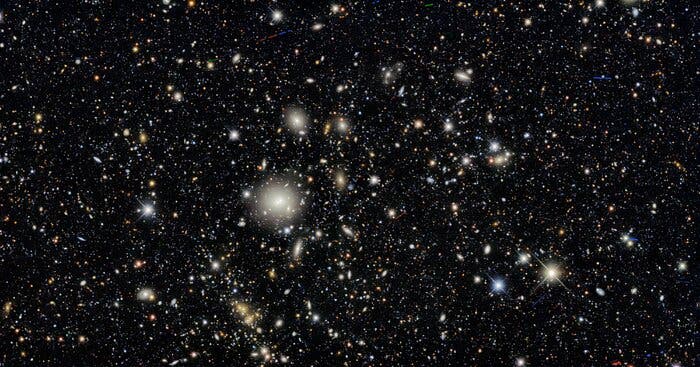
Now new results from the DES which collects the work of an international team of over 400 scientists from over 25 institutions from countries including the US, UK, France, Spain, Brazil, and Australia, are in. The findings are detailed in a ground-breaking series of 29 papers and comprises of data collected during the DES’ first three years of operation providing the most detailed description of the Universe’s composition and expansion to date.
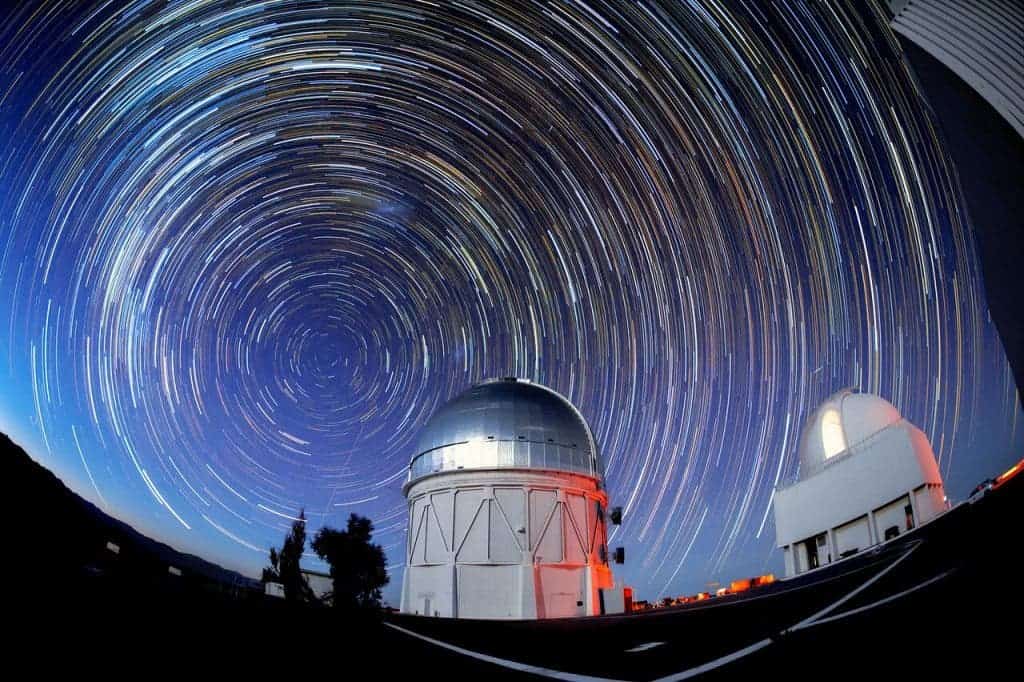
The survey was conducted between 2013 to 2019 cataloging hundreds of millions of objects, with the three years of data covered in these papers alone containing observations of at least 226 million galaxies observed over 345 nights.
The fact that some of these galaxies are close to the Milky Way and others are much more distant–up to 7 billion light-years away– gives researchers an excellent picture of the evolution of the Universe over around half of its lifetime.
The results seem to confirm the standard model of cosmology, currently the best-evidenced theory of the Universe’s composition and evolution which suggests the Universe was created in a ‘Big Bang’ event and has a composition of 5% ordinary or baryonic matter, 27% dark matter, and 68% dark energy.
The snapshot of the Universe provided by the DES does seem to show that the Universe is less ‘clumpy’ than current cosmological models suggest, however.
Illuminating the Dark Universe
The fact that the ‘Dark Universe’ consists of 95% of the matter and energy in the known cosmos means that there are huge gaps in our understanding of the evolution of the Universe, its past, present, and its future.
These gaps include the nature of dark matter, whose gravitational influence holds galaxies together, and dark energy, the force that is expanding space between the galaxies driving them apart at an accelerating rate.
These effects seem to be in opposition, with one holding matter together and the other working upon space itself to drive matter apart. And it is this cosmic struggle that shapes the Universe which the DES aimed to investigate.
There are two key phenomena which the survey used to do this. Studying ‘the cosmic web’ that links galaxies together in clusters and loose associations gives hints at the distribution and influence of dark matter.
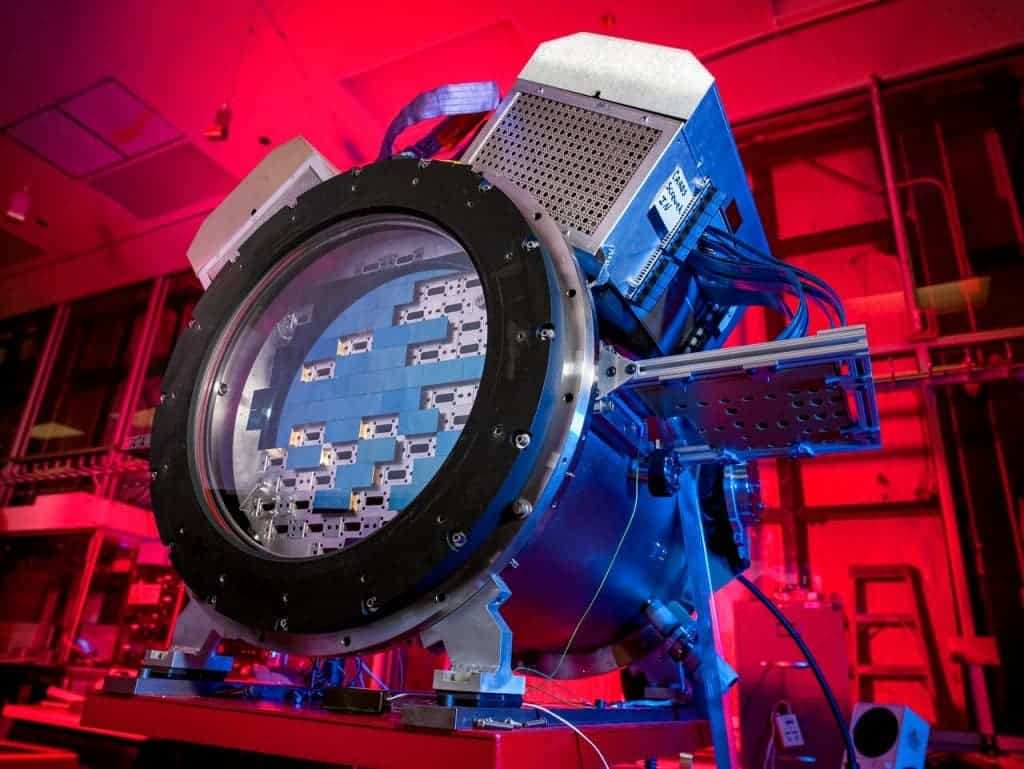
The second phenomenon used by the DES is the bending of light as it travels past curvatures in spacetime created by objects of tremendous mass like galaxies. This effect predicted by Einstein’s theory of gravity–general relativity–is known as ‘gravitational lensing.’
The DES relied on a form of this effect called ‘weak gravitational lensing’ to assess how dark matter is distributed across the Universe, thus inferring its ‘clumpiness.’
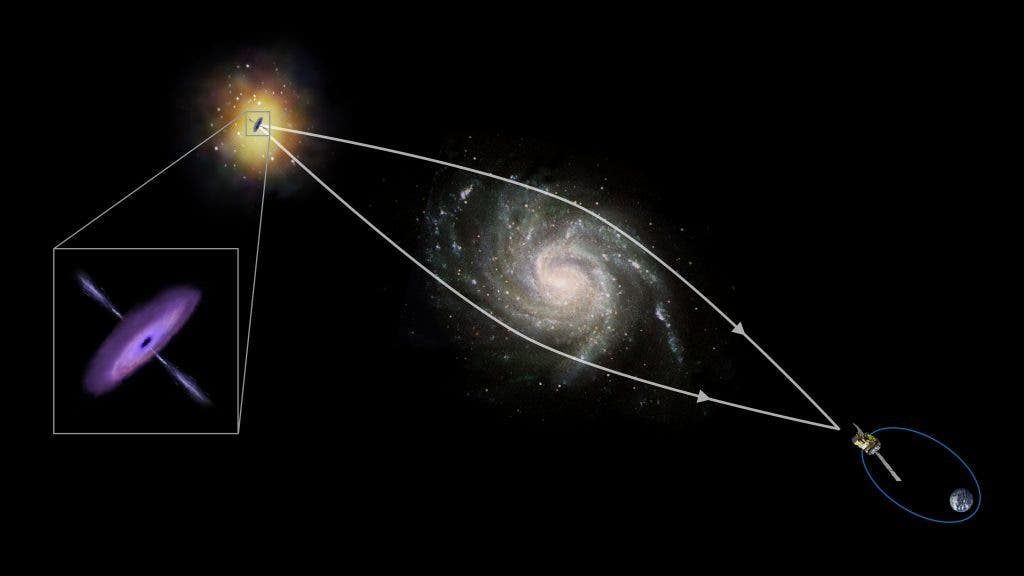
The data collected by the DES was cross-referenced against measurements carried out by the European Space Agency (ESA) operated mission, the Planck observatory. The orbiting observatory, which operated between 2009 and 2013 and studied the cosmic background radiation (CMB)–an imprint leftover from an event shortly after the Big Bang in which electrons and protons connected thus allowing photons to travel freely for the first time.
Observing the CMB reveals conditions that were ‘frozen in’ to it at the time of this event known as the last scattering and thus gives a detailed picture of the Universe when it was just 400 thousand years old for the DES team to draw from.
Setting the Scene for Future Surveys
The DES intensely studied ten regions labeled as ‘deep fields’ which were repeatedly imaged during the course of the survey. These images were stacked which allowed astronomers to observe distant galaxies.
In addition to allowing researchers to see further into the Universe and thus further back in time, information regarding redshift– an increase in wavelength caused by objects receding which can arise as a result of the Universe’s expansion–taken from these deep fields was used to calibrate the rest of the survey. This constituted a major step forward for cosmic surveys providing the researchers with a picture of the Universe painted with stunning precision.
Whilst the DES was concluded in 2019, the sheer wealth of data collected by the survey requires a huge amount of computing power and time to assess. This is why we are only seeing the first three years of observations reported and likely means that the DES still has much more to deliver.
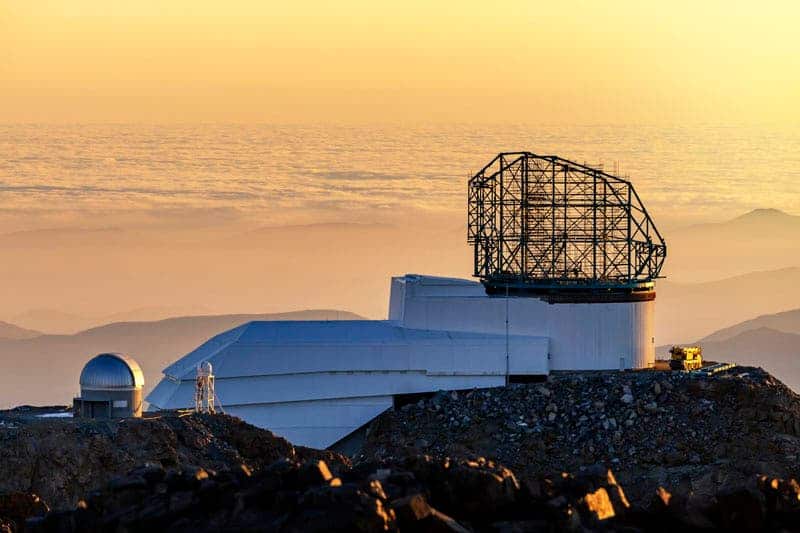
This will ultimately set the scene for the Legacy Survey of Space and Time (LSST) which will be conducted at the Vera C Rubin observatory–currently under construction on the El Penon peak of Cerro Pachon in northern Chile.
Whereas the DES surveyed an inarguably impressive 1/8 of the sky over the earth, the wide-field camera that will conduct the LSST will capture the entire sky over the Southern hemisphere, meaning it will view half of the entire sky over our planet.
A major part of the LSST’s mission will be the investigation of dark matter and dark energy, meaning that when the data from the DES is finally exhausted and its secrets are revealed, a worthy successor will be waiting in the wings to assume its mission of discovery.






